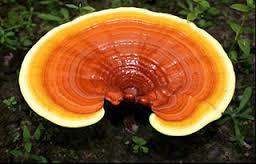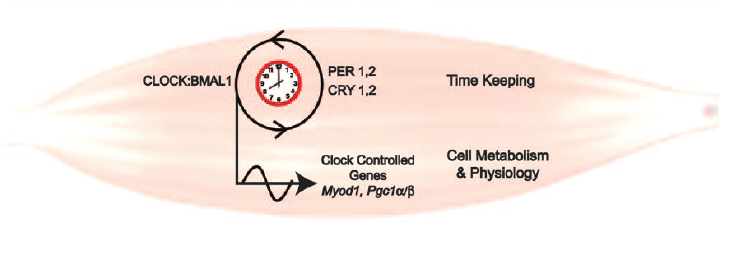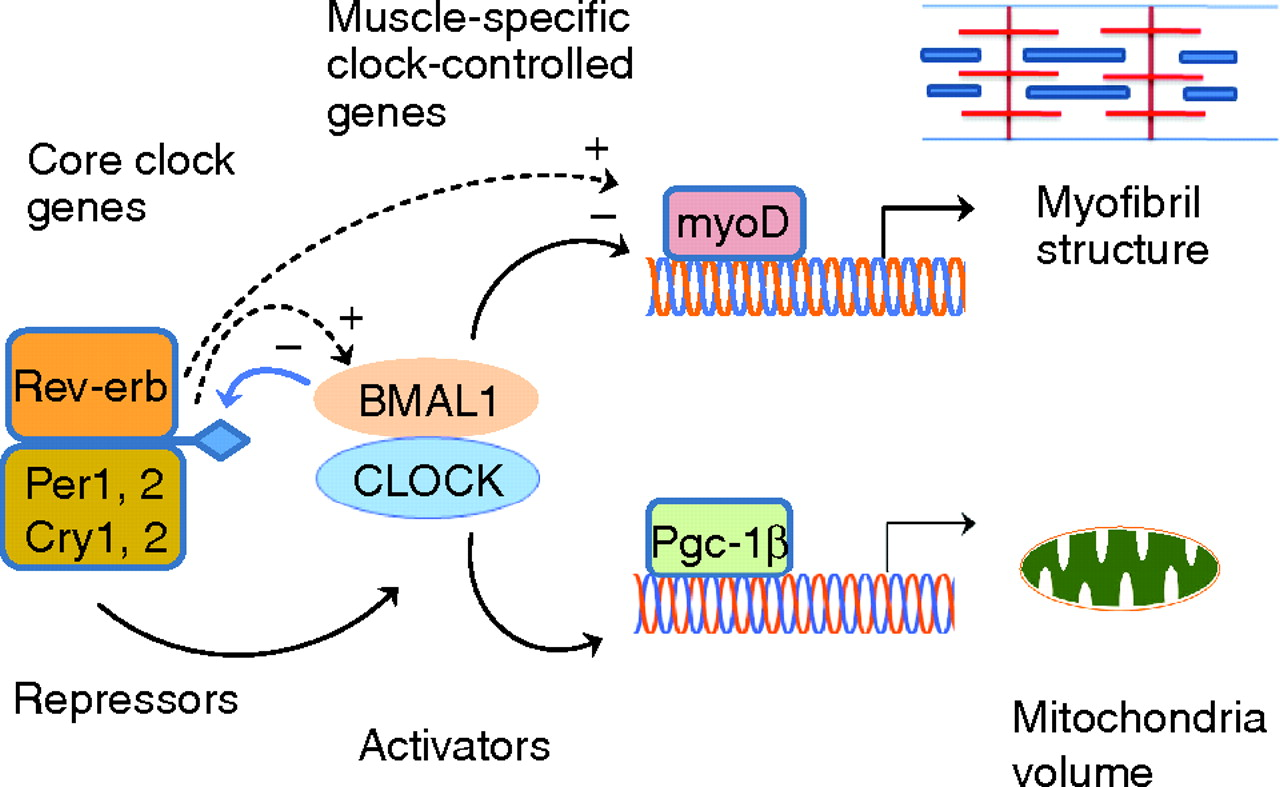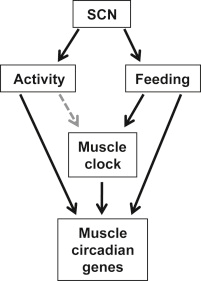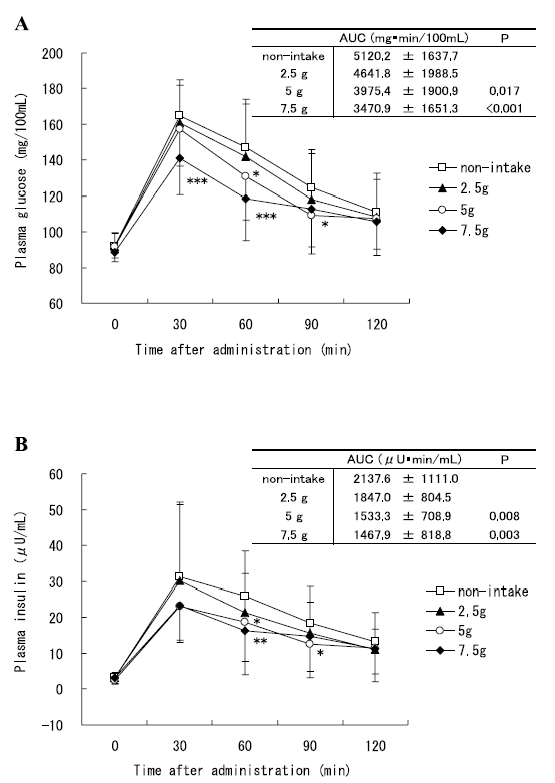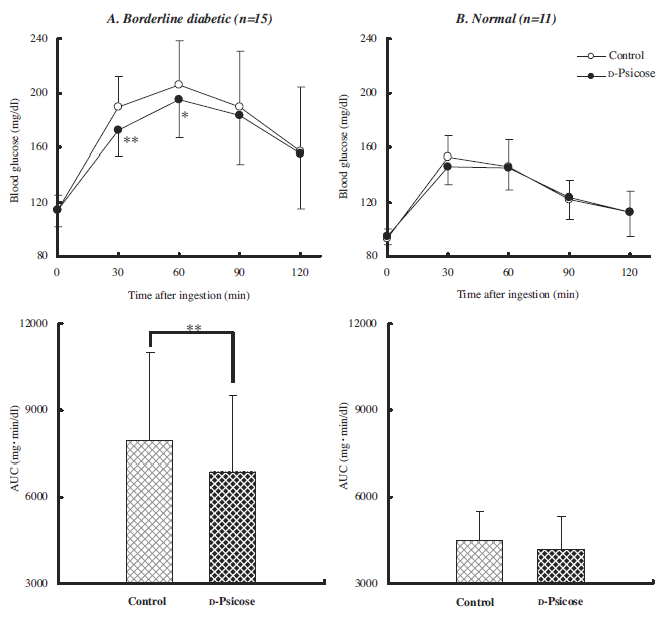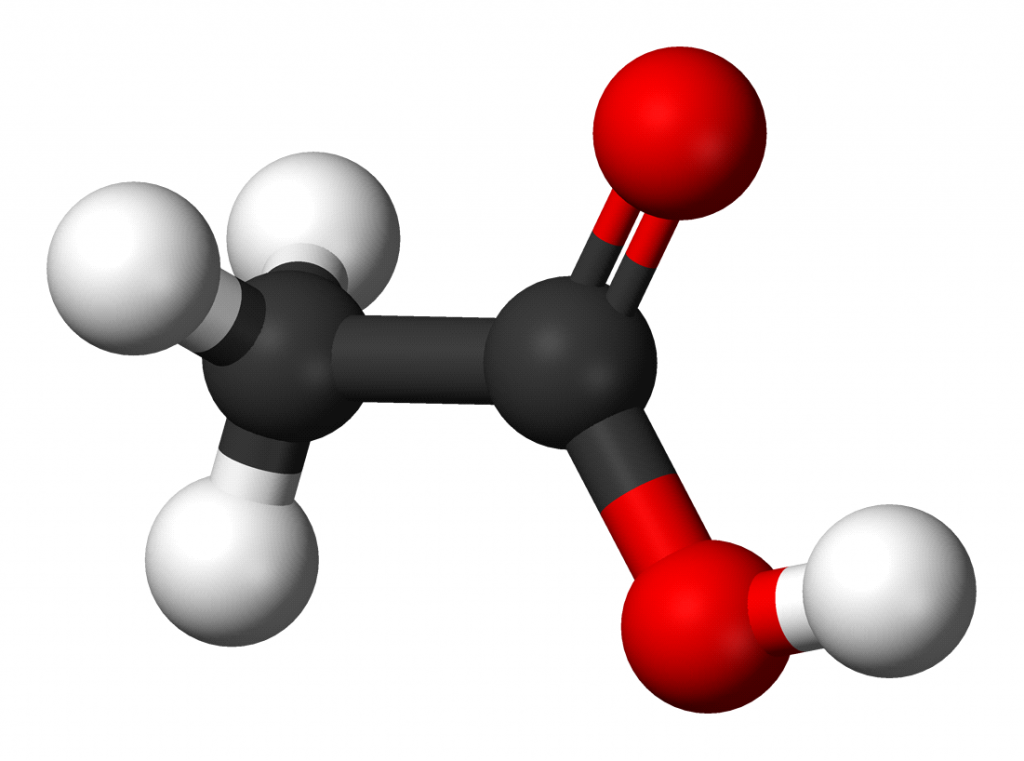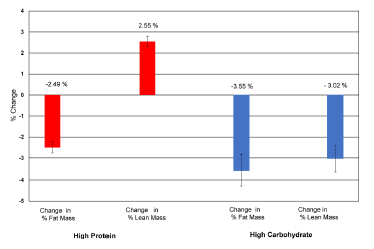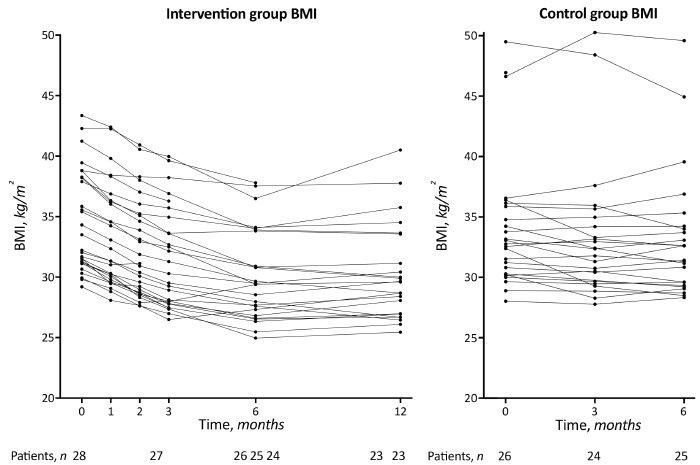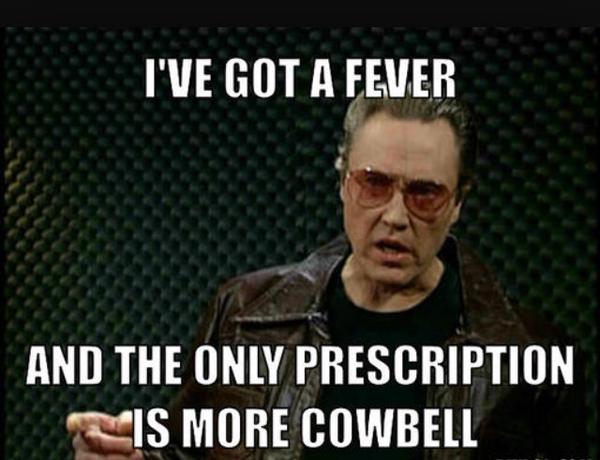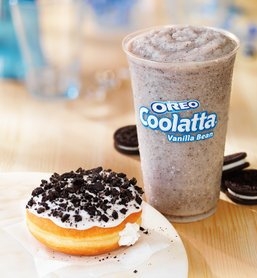Exhibit A. Participants were given ~30 grams of whey, casein, or carbs 30 minutes before bed (Kinsey et al., 2014). [side note: the closer it is to bedtime, the less food is needed to mess up your rhythms. Worded another way, if you’re gonna have a big dinner, the earlier the better]. The following morning, you guessed it, they weren’t hungry for breakfast. And they had higher insulin levels. FFS. Worded another way, light early dinner -> lower insulin and more hungry for breakfast, in the morning.
Light and food in the morning.
Metabolism is gimped at night.
Exhibit B1. Expecting mothers: “Across the whole cohort, night-time, but not day-time, carbohydrate intake was positively associated with glucose concentrations after the glucose load and inversely associated with early phase insulin secretion (P < 0.05)” (Chandler-Laney et al., 2016).
Evening is not the best time to carb… but it’s not just carbs… and it affects infants, too.
Affiliate discounts: if you’re still looking for a pair of hot blue blockers, Carbonshade is offering 15% off with the coupon code LAGAKOS and Spectra479 is offering 15% off HERE. If you have no idea what I’m talking about, read this then this.
20% off some delish stocks and broths from Kettle and Fire HERE.
If you want the benefits of ‘shrooms but don’t like the taste, Real Mushrooms makes great extracts. 10% off with coupon code LAGAKOS.
For full access to all articles and more (or if you just like what I do and want to support it), head over to Patreon! It’s only three bucks a month and there are many other options. It’s ad-free and you and you can cancel if it sucks 🙂
Sunlight, Meal Timing, and Circadian Rhythms.
we’re talking some serious epigenetics


